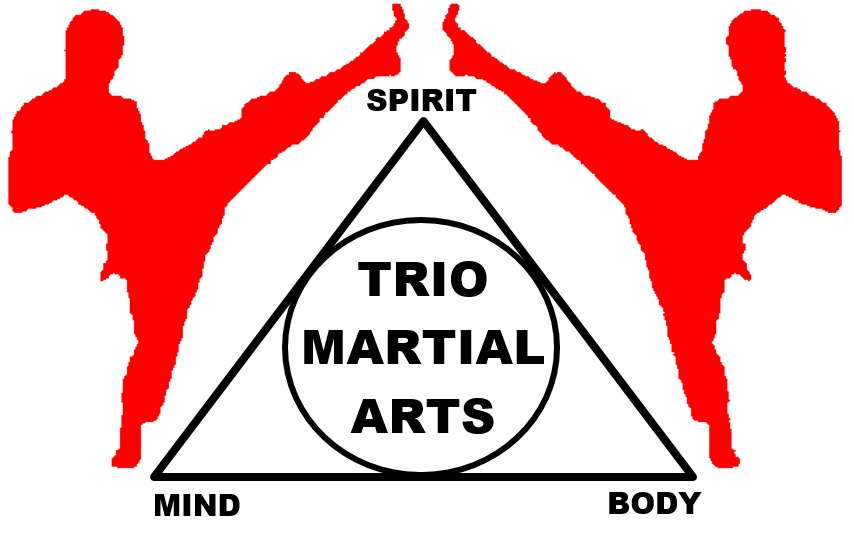|
Author: Bret Gordon  In the past, we've explored the various explanations of aiki used both in our system of American Yoshinkan Aiki Jujutsu and the internal community at large. In part 2 of the "Is This Aiki?" mini-series (click here to read), I included generalized definitions of common terms such as:
The internet is full of videos, both serious and satirical, of the aiki arts. Most high-level practitioners tend to showcase their internal development with what are in essence parlor tricks. At best, they are connection drills that allow you to isolate and train various biomechanical principles in a scenario confined to strict parameters. Such drills require a heightened sense of sensitivity, stability, body control, soft tissue engagement, and projection of power. These principles, once mastered, become the engine that drives how you move and thus become infused in your standard techniques to make them equally more powerful and subtle. Because of the deep understanding of physics one needs to replicate these properly, a friend of mine recently remarked we should call it "Newtonian arts" instead of internal. The video below is a demonstration of many of these connection drills, or Aiki no Jutsu (techniques of aiki). While we can make an argument for these techniques being effective in a feudal Japanese context, either as representations of weapon retention (hence the wrist grab obsession) or of defending yourself seated in a formal setting, let's not kid ourselves into thinking that these are applicable fighting techniques for self defense in the modern world. The real purpose for these drills is not what is happening to your partner, but what you are personally doing to and within your own body, the effects of which will be seen in your partner like the ripples in water after tossing a stone. They are a paired alternative to the solo forms often practiced in Taijiquan, where the only measure of one's "correctness" is the observer's level of discernment. So, what do I mean when I say that jujutsu gives form to aiki? To quote Ismael Franco, "jujutsu is what we do, aiki is an advantage we have." The actual substance of Daito Ryu and the arts that are derived from it are the same traditional joint locks, throws, take downs, pins, and chokes common across all jujutsu ryuha. First and foremost, Aiki Jujutsu is a combative art and while the development of the aiki body can be beneficial in fighting, unless you already know how to fight it's effectively useless.  Horikawa Kodo and Nakamura Eishi Horikawa Kodo and Nakamura Eishi This is not a new theory about Aiki Jujutsu, but rather goes all the way back to Takeda Sokaku, the one who made the aiki arts public. While he is known for teaching everyone differently, one of the determining factors of what he taught you was your level of prior training. The Horikawa Kodo line of Daito Ryu, from which we are derived, largely focuses on aiki techniques simply because that's what Horikawa learned from Takeda. What's often overlooked is that both Kodo and his father, Horikawa Taiso, had a strong jujutsu foundation prior to studying Daito Ryu. This is in sharp contrast to Takuma Hisa's branch, whose only prior training before Takeda was with Ueshiba Morihei. Now, why is it important to have a jujutsu base before learning aiki? Quite simply, it's impossible to understand fighting unless you know how to fight and have techniques to fight with. Whether their inspiration for training is to protect themselves or not, everyone has the understanding that martial arts training should better prepare you to survive a violent attack. Without a frame of reference for what that looks like, simply being good at connection drills is like a boxer that only jumps rope and hits a speed bag. He may have good footwork and great coordination, but he has zero fight IQ and doesn't even know how to punch properly. And one more analogy for the foodies like me. Jujutsu is the steak, aiki is the seasoning. You can have a good steak without seasoning, but no one sits down to dinner with a plate of salt and pepper.
0 Comments
Your comment will be posted after it is approved.
Leave a Reply. |


